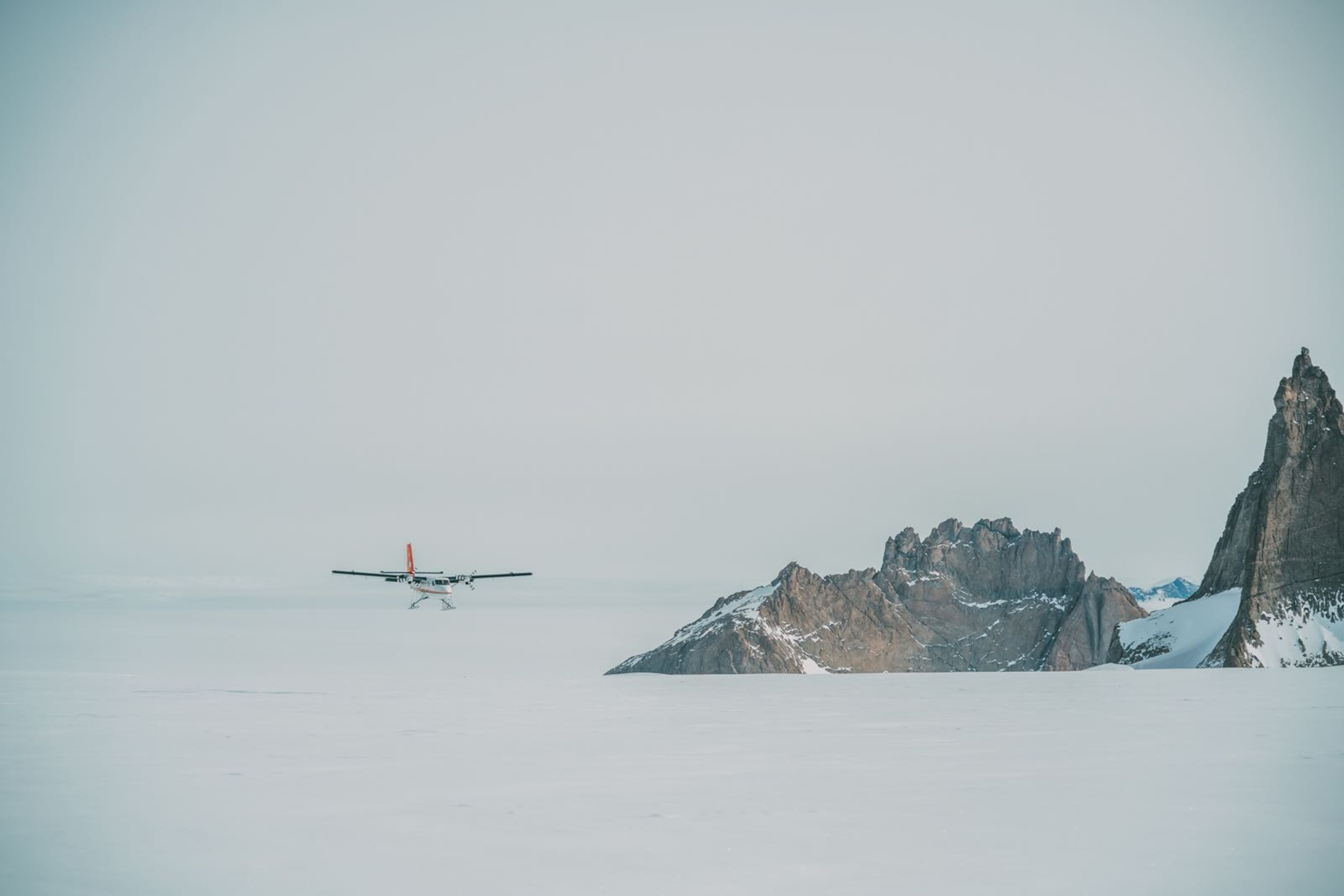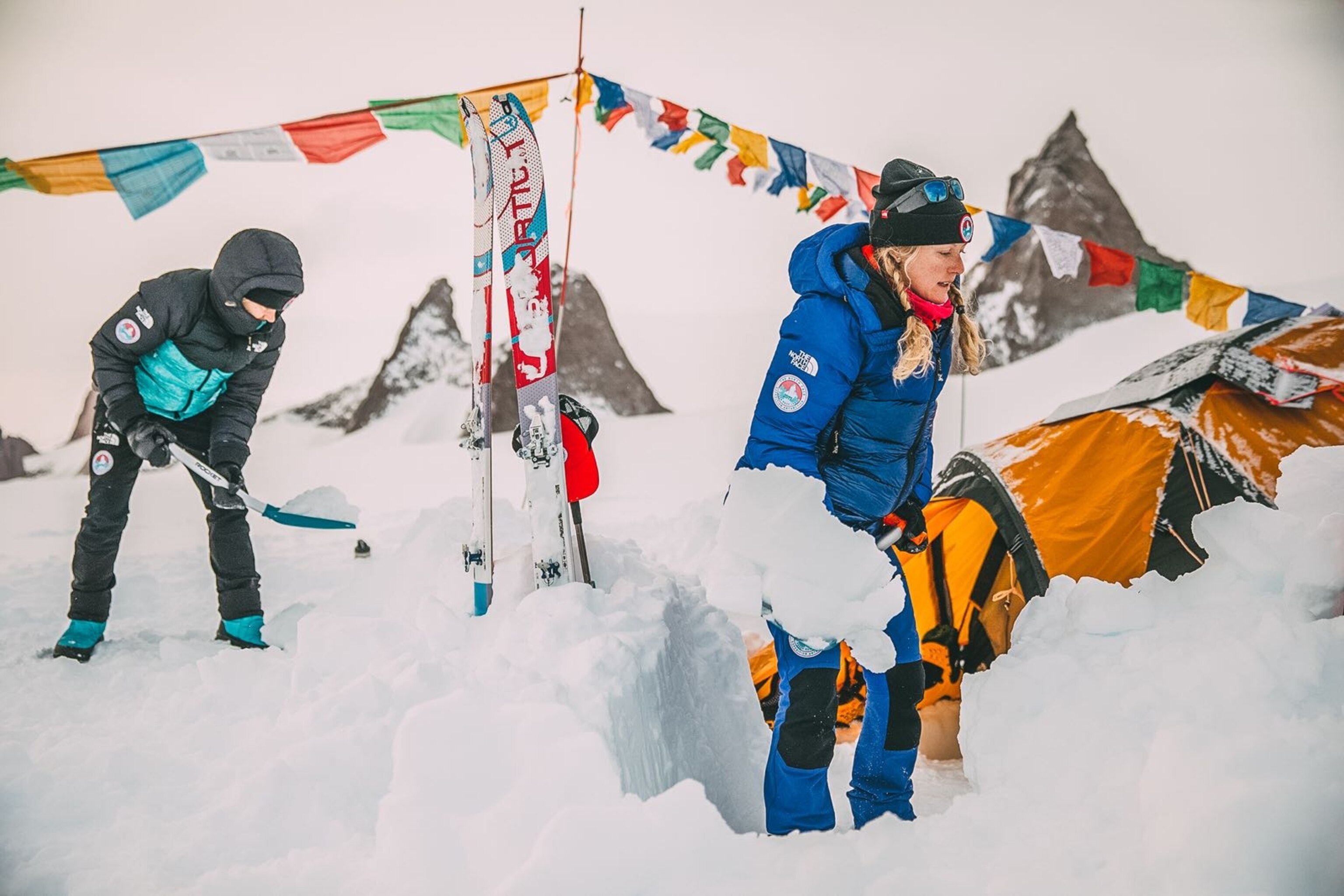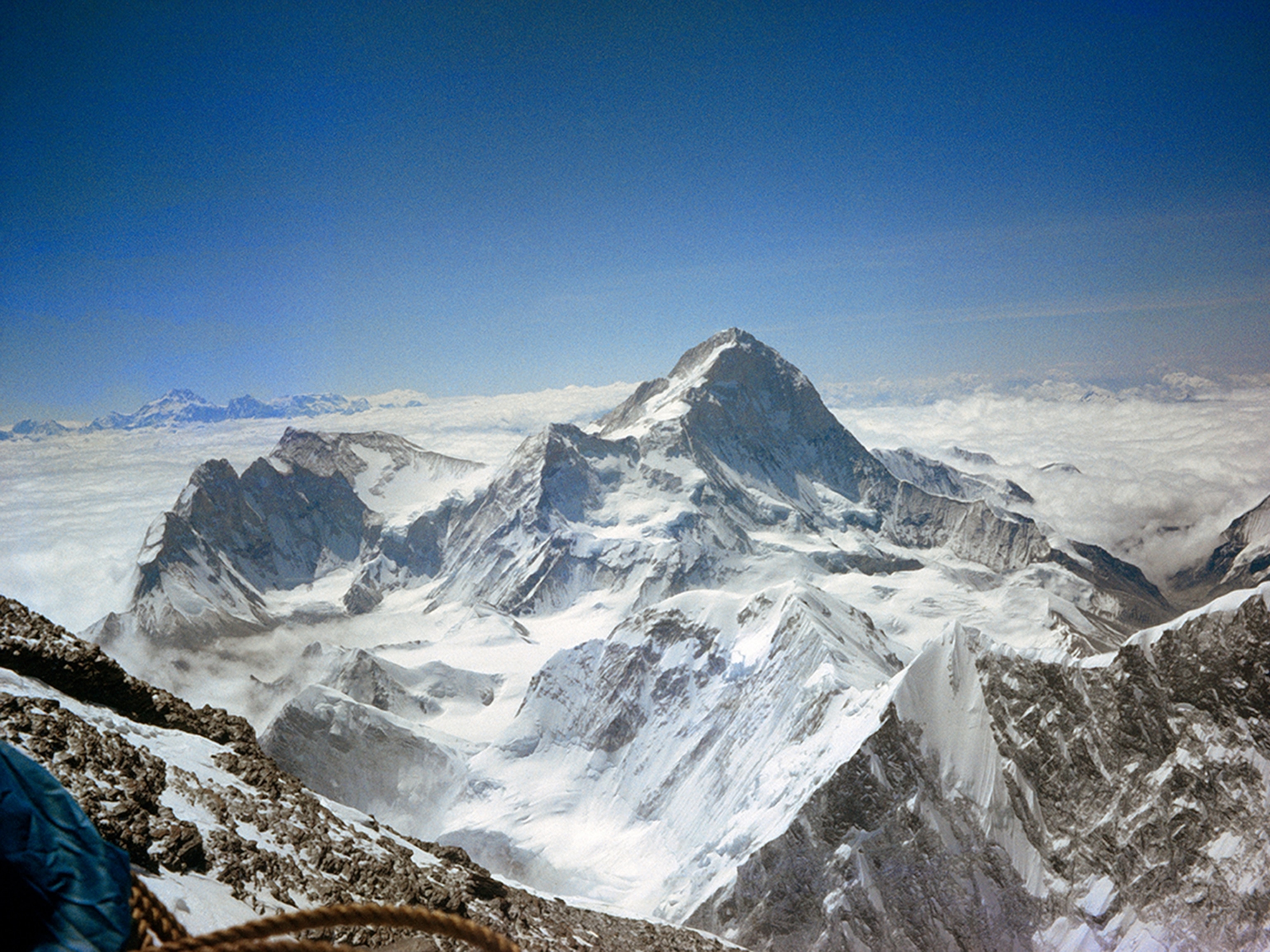The Struggles of Reaching an Antarctic Base Camp
Getting to Antarctica can be nearly as challenging as exploring it.
The first step in exploring Antarctica is figuring out how to get there.
“I really enjoy doing logistics,” says Conrad Anker, veteran Antarctica climber and unofficial mentor to the expedition team. “The logistics, the geology, the planning. I really love that aspect of going on expeditions.”
If the logistical complexity of an expedition equates to more fun, then, in Anker’s eyes, Antarctica is a barrel of monkeys. Securing permission to step onto the continent isn’t as simple as buying a ticket. The cost alone of this trip is upwards of $40,000 per person, with most of that money going toward chartered flights. Acquiring the funding, securing the permission, doing the research, and arranging the logistics has been an ongoing two-year effort for Anker and Cedar Wright.
The climbers needed to gain permission from the Environmental Protection Agency, a process that involved completing an Everest-sized mountain of forms, including statements of environmental impacts and promises of mandatory daily check-ins once on location.
“That’s one of the big differences between now and 21 years ago,” says Anker. “It’s a lot more paperwork.”
Detailed Prep and Unexpected Delay
In advance of their departure from America, the climbers shipped palettes with hundreds of pounds of equipment, including skis, clothing, climbing ropes, climbing hardware, tents, and food to Cape Town, South Africa, the waypoint prior to the real logistical complexities of Antarctic travel.
On November 26, the team boarded a chartered Ilushyin 76 jet at Cape Town for a 5.5-hour flight to the Novolazarevskaya (Novo) Station, a Russian outpost on the coast of Queen Maud Land. Novo has a summer population of 70 and landing strip for both commercial and research-related flights.
A week of bad weather kept the team stationed at Novo. In an audio dispatch, Anker reported, “We’re in the midst of a thick Antarctic storm … We’re making the most of it, keeping our optimism up.” That manifested as a series of strange Crossfit-inspired workouts in freezing temperatures while wearing full-body down suits.


- National Geographic Expeditions
Making it to Queen Maud Land
Ultimately, the weather cleared and on December 1, the team boarded a Havelin Twin Otter prop plane, a rig from the 1960s. The plane deposited the climbers and their 800 pounds of equipment into the Drygalski range, landing on a strip of relatively flat ice known as Blue 1.
As the prop plane’s engines faded into the distance until there was nothing but the silence of a dry wind, an extraordinary sense solitude set in for the team. Soon the climbing would begin.






